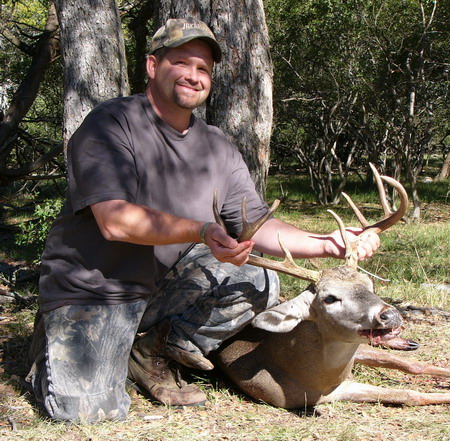The harvest of whitetail deer is serious business on a highly-managed piece of property. As a result, take time to document what’s happening each year to record where your deer management program is heading. Records should be kept to monitor the status of the deer herd and measure the success of management over time. As a minimum, record keeping should include:
-
Annual deer population data (census data)
-
Number of deer harvested annually
-
Biological data from deer harvested, to include:
- field dressed weight
- antler measurements: inside spread, number of points, main beam lengths, circumference of antler bases. The Boone and Crockett antler scoring system can be used to measure overall antler quality.
- age: the manager can age the deer at the time they are harvested or the lower jaws can be removed from deer and stored for later aging by a biologist until the manager is proficient at aging.
- presence or absence of lactation (milk production) of does (to supplement fawn production estimates).
Note: Weight, antler, and lactation data from a deer, without knowing the age of the deer, is of minimum value. Conversely, age without corresponding weight/antler/lactation data is of minimum value.


I just moved to Colorado from Texas. In Texas, the way they count the total points on a buck if by counting the points on both sides. Here in Colorado everyone has been telling me they only count the points on one side. Which is the right way?
Scott, I’ve encountered that same dilemma hunting in Colorado before and the best advice I can give is do as the locals do… or better phrased, “when in Rome…”. Counting on any way other than the way the locals do and you’ll hear a snicker and a whisper from 2 old guys in a corner about how Southerners don’t know how to count points.